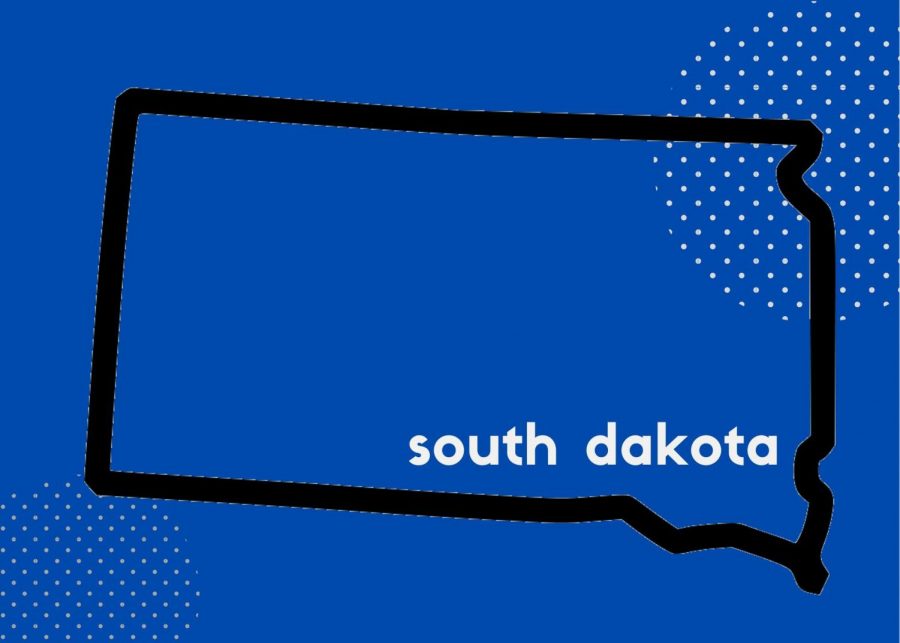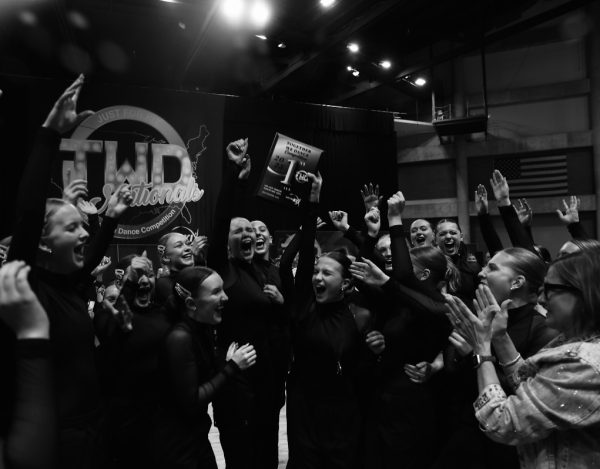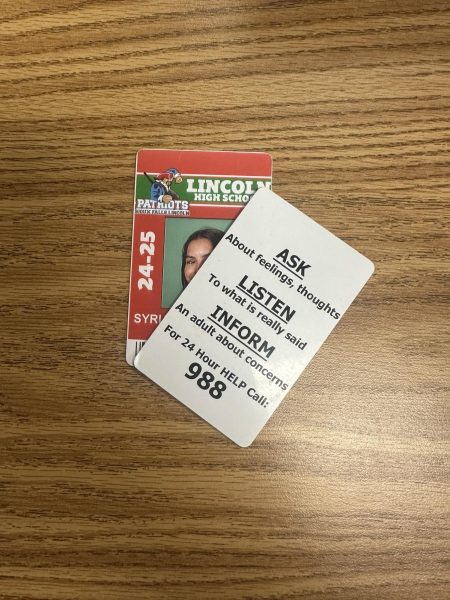It happens here
According to the Argus Leader, violent crimes in South Dakota was approximately 405 offenses per 100,000 people in 2019. The national rate is 370 per 100,000 people.
I have always lived in Sioux Falls, and I have always felt safe here. As I got older and had the opportunity to stretch beyond my southeast Sioux Falls bubble, it was bizarre to me how parents from other, bigger cities did not allow their kids to walk a couple of miles to school by themselves or go to the mall without a parent. Some of the independence I got at a fairly early age growing up in Sioux Falls is regarded as a serious safety concern in other cities. With an average of 46 children in America being trafficked each day, it is easy to see why parents are hesitant to let their children out of their sight. But things like abduction and human trafficking don’t happen in Sioux Falls, right?
On Sunday, Jan. 5, 2020, 20-year-old Sioux Falls woman Pasqalina Badi was abducted from the parking lot of the Walmart near Arrowhead Parkway when she was leaving work. After being reported missing on Monday morning, Badi’s body was found in a ditch on the outskirts of Southern Sioux Falls Monday afternoon. Badi’s death sheds light on the unsettling reality that these ineffable tragedies do happen in Sioux Falls and can happen anywhere.
Sitting in the living room and listening to Badi’s fatal story on the news was a serious wake-up call for not only me, but my parents as well. I cannot even begin to count the number of times I have stopped at a Walmart or Target by myself on my way home from a late babysitting job or school activity. I think back to these times and remember reassuring myself with one specific thought: “What’s the worst thing that can happen on the eastside of Sioux Falls?” My naive question was answered with Badi’s case, and the worst thing that can happen in Sioux Falls is not something to simply brush off.
The frightening stories we typically see on national news are always from cities much bigger than Sioux Falls, or at least I thought. As I started researching and planning for this article, I was taken aback by the sheer number of people that live in Sioux Falls. Recently, our population officially surpassed 190,000, making Sioux Falls the largest city in South Dakota by over 100,000 people. It’s hard for me to imagine that many people living in the same city that my grandparents have told stories about from back when the population was no more than about 65,000 residents. My grandpa sometimes talks about the now-booming neighborhoods of southeast Sioux Falls and the bustling areas surrounding the Empire Mall being nothing more than cornfields about 50 years ago, back when he was a high school student at LHS. Sioux Falls may still have its small-town charm to some, but the reality is that our city is growing rapidly.
Inevitably, with an increase in population comes an increase in crime and danger. There is no need to live in fear, but there is an obligation to acknowledge that as more people move to Sioux Falls, our safety awareness needs to progress.
“Things like what happened at Walmart [with Badi], those happen in very small towns, just not very often,” said one of the LHS Resource Officers, Robert Draeger. “Once every 30 years, maybe. In a bigger city, you’re going to have those things happen more frequently. The town has gotten more violent just because we have more people. As the city grows, you get a greater percentage of problems; that’s just the way it is.”
Devastating crimes happen everywhere. The lesson to learn from cases such as Badi’s isn’t to be paranoid, but rather to be prepared. Sioux Falls is a beautiful, bustling city, but the need to be cautious comes with the territory of a growing and ever-changing community.
“Not to make anybody feel bad about ‘I didn’t think it could happen here,’ but you have to look at the world with open eyes and realize what’s out there,” said LHS Resource Officer, Jason Larsen. “If you don’t ever prepare for it mentally, then you’re not going to have a plan in place for when it does happen. I’m not saying be paranoid, but I’m saying have a plan and be prepared.”
I will always feel comfortable in Sioux Falls, but that doesn’t mean I should brush off safety concerns. There isn’t anything wrong with being prepared and aware, even if it’s in a city you know like the back of your hand. There are steps that every student at LHS can easily take to keep themselves safe.
“It doesn’t have to be all self-defense, hold your keys in between your fingers,” said Draeger. “It’s just the common sense of being aware of your surroundings. Park where it is light. Use the buddy system. Never let someone take you away in a car. Make sure somebody knows where you are at and where you are going.”
Ignoring the fact that alarming incidents can occur in Sioux Falls and not taking steps to protect ourselves against them opens us up to the possibility of detrimental consequences. It’s simple actions like the ones mentioned by Officer Draeger that limit the chances of something happening to you. Simply turning a blind-eye to risks doesn’t prevent them.
Unfortunately, it sometimes takes a tragedy, such as the abduction and homicide of Badi, for people to come to terms with how relevant and important an issue may be to them. It could have been anyone in that Walmart parking lot the morning of Jan. 5: You, me, the people you sit next to in your classes. Because yes, things like ‘that’ do happen in Sioux Falls.
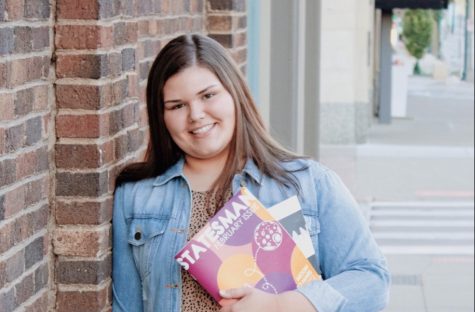
LHS senior Carly Wheeler is a third-year Statesman staff member and one of five co-Editors-in-Chief. On the rare occasion she is not in the j-lab, you...
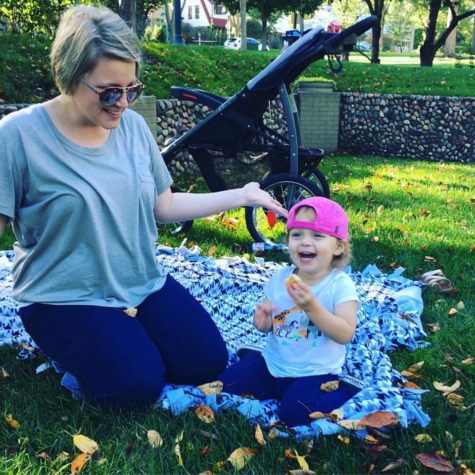
Katie Kroeze has been the Statesman adviser since 2013, started advising the Yearbook in 2017 and is a journalism junkie. She has her bachelor’s degree...



